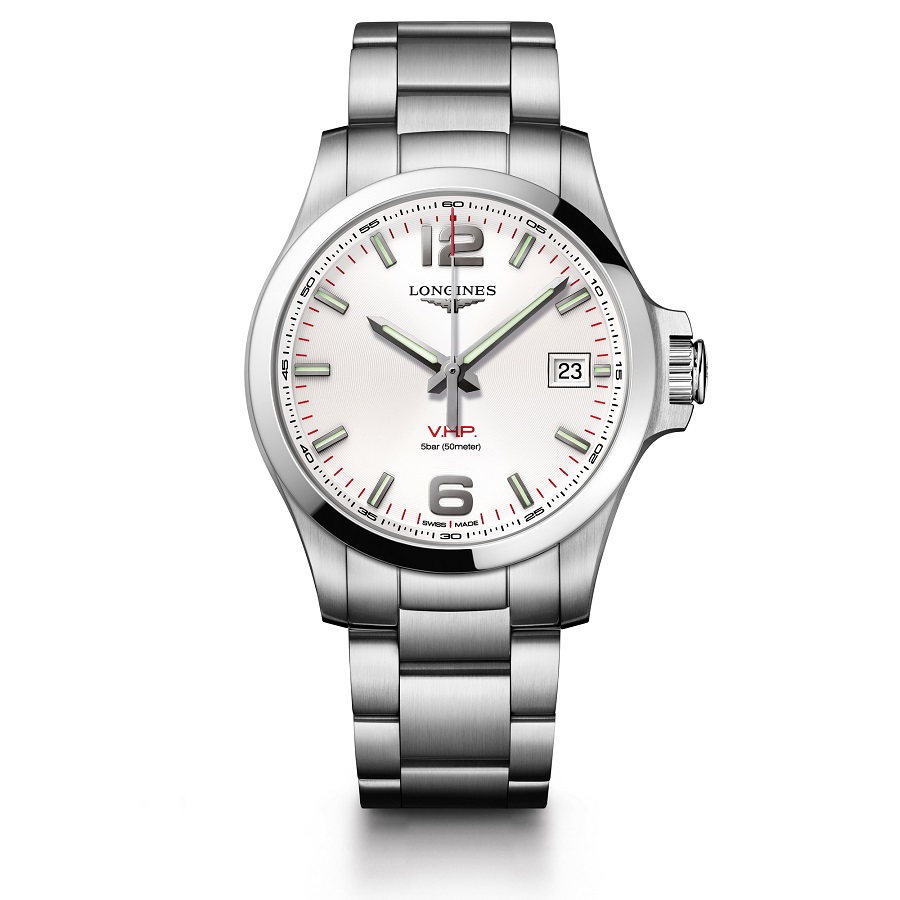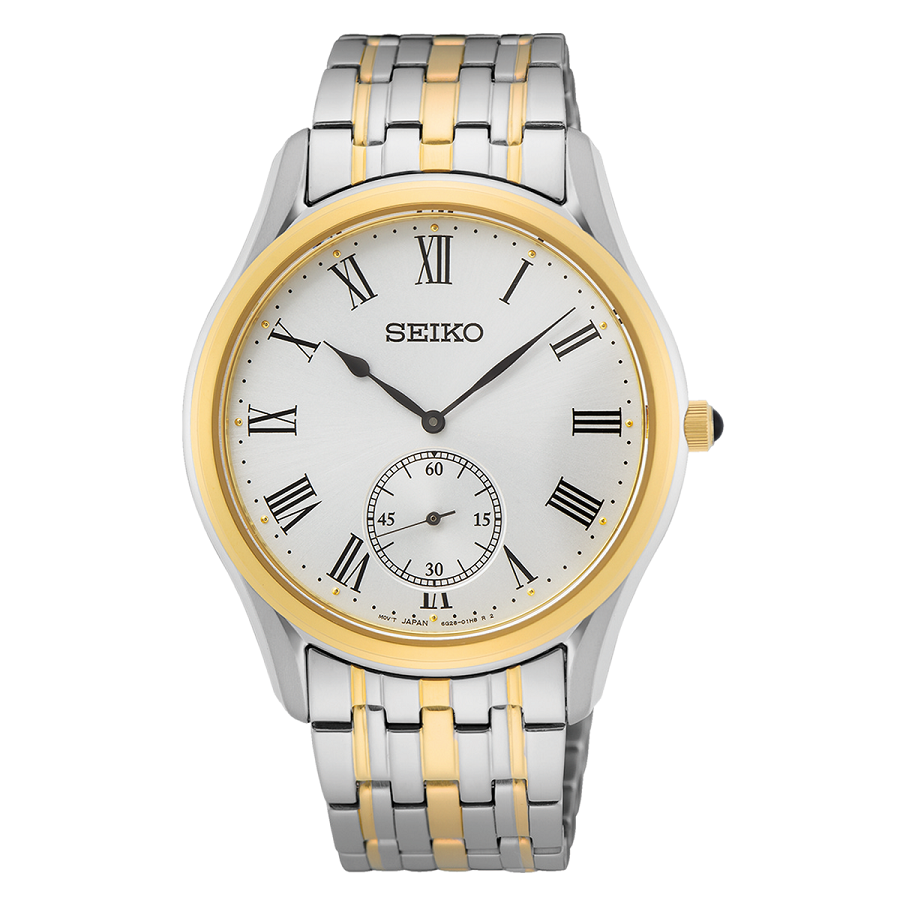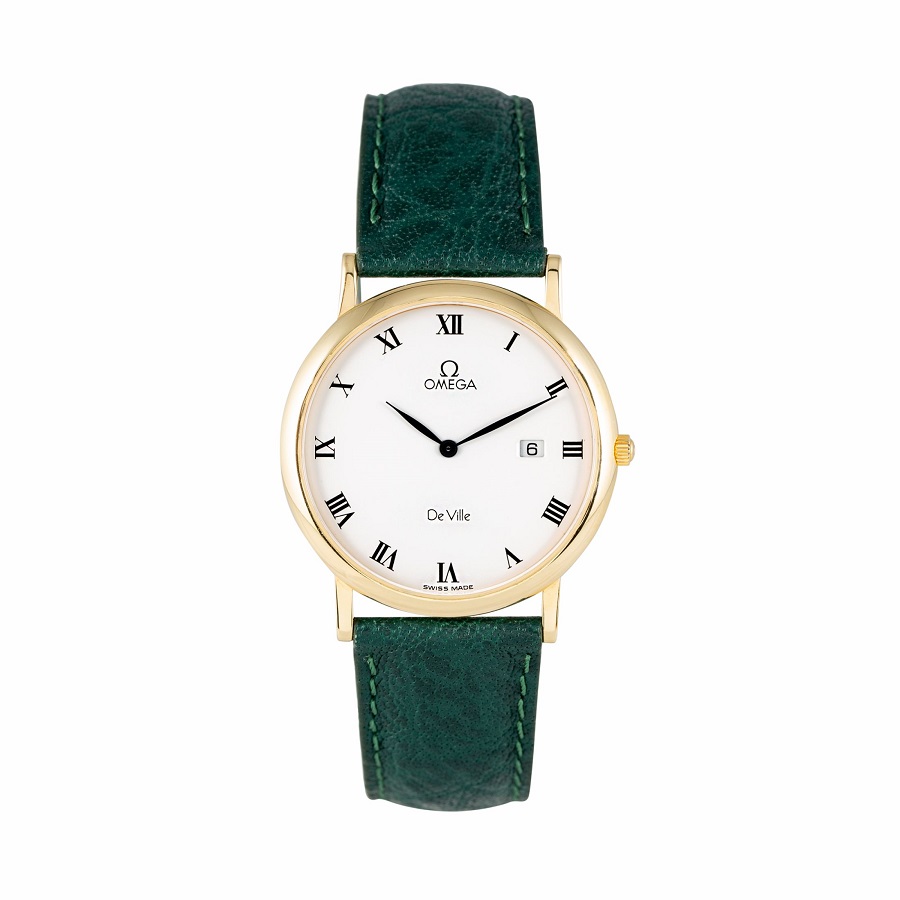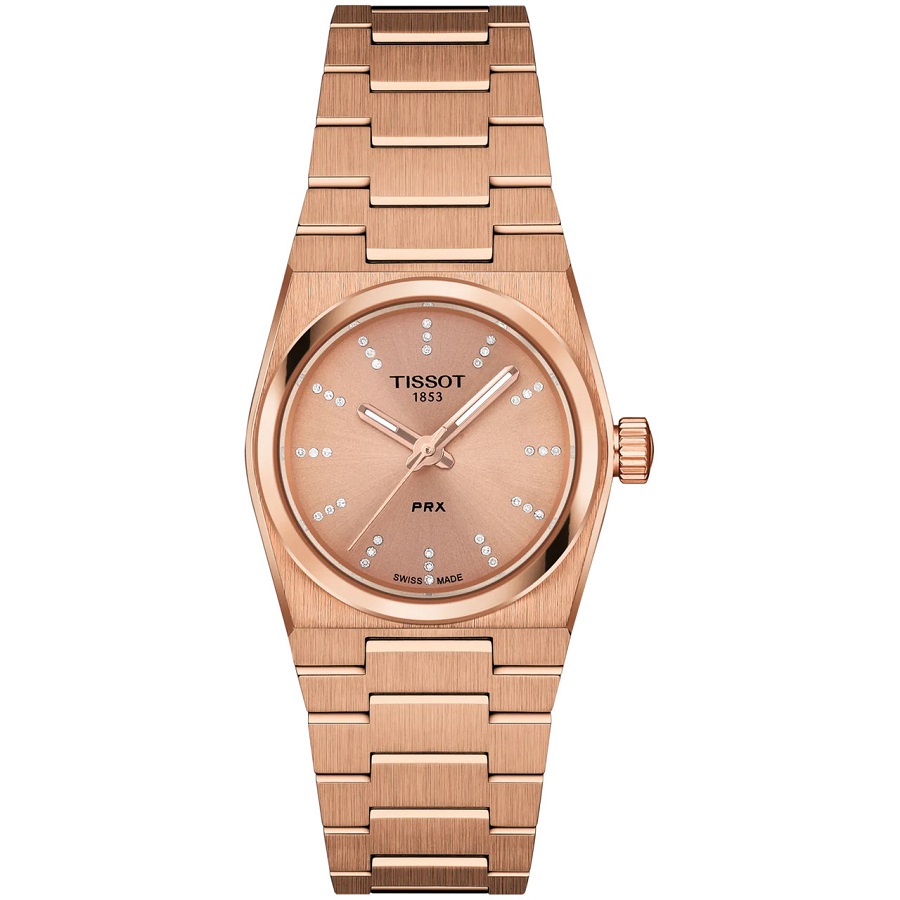The Origin and Evolution of Quartz Watches
How Does A Quartz Watch Work – The journey of quartz watches can be traced back to the late 1960s, marking a significant turn in watchmaking history. A collision of innovation, discovery, and economic change unfolded, fundamentally transforming our relationship with timekeeping.
The First Quartz Watch: Seiko Astron
Seiko introduced the first quartz watch, the Seiko Astron, on Christmas Day, 1969. This trailblazing event launched a new era with the Astron’s impressive accuracy, upending traditional watchmaking. It signified a shift from the intricate, mechanical systems that powered watches for centuries to a simpler, highly accurate electronic method.
Swiss Innovation and the Quartz Crisis
The seismic shift caused by quartz watches hit the Swiss watch industry hard, leading to the “Quartz Crisis”. Swiss companies initially rejected the idea of battery-powered timepieces due to their deep-rooted craftsmanship culture. However, as quartz watches gained worldwide popularity for their precision and affordability, Swiss watchmaking faced a steep decline. This compelled the Swiss to reconsider and eventually integrate quartz technology, reshaping the industry and leading to the recovery and success we witness today.
 Understanding the Quartz Crystal: Silicon Dioxide
Understanding the Quartz Crystal: Silicon Dioxide
Quartz, predominantly composed of silicon dioxide, stands as one of Earth’s most plentiful minerals. This transparent and durable mineral forms the cornerstone of quartz timekeeping technology. A quartz watch exploits the inherent properties of quartz, leveraging its piezoelectric capabilities to maintain time with exceptional precision.
Silicon dioxide, more commonly known as silica, is not just abundant; it’s a master of resilience and stability. These qualities make quartz crystals ideal for injecting accuracy into the world of watches. When fashioned into a finely crafted oscillator, the quartz crystal remains largely unaffected by temperature fluctuations and other environmental factors that might disrupt more traditional timekeeping methods.
The strength of quartz lies in its amazing property of piezoelectricity, which we will delve into next, explaining how this natural phenomenon powers the punctual prowess of quartz watches.
Quartz Movement Explained
The inner workings of quartz watches hinge on a fascinating intersection of nature and technology. With an easy-to-understand design, these watches have transformed timekeeping with their unmatched precision.
Piezoelectric Effect: The Heart of Quartz Technology
At the core of a quartz watch lies the piezoelectric effect. By applying voltage to quartz, it vibrates at exact rates. These steady vibrations are the heartbeat of the watch, keeping time flawlessly.
The Role of the Electronic Circuit in Quartz Watches
Inside each quartz watch, an electronic circuit manages the power. It ensures a consistent charge to the quartz, which makes it vibrate. This circuit processes the vibrations, translating them into the movement that drives the hands around the face.
Moving the Hands: How Vibrations Tell Time
The crystal’s vibrations are counted by the circuit. After 32,768 vibrations, it sends a pulse. This pulse moves the gears, which then move the hands, forwarding them one second at a time.
Advantages of Quartz Watches
Quartz watches have reshaped timekeeping with their notable features. These watches are known for their consistent accuracy, low maintenance, and affordability. Let’s explore these advantages further.
Consistent Accuracy and Reliability
Quartz watches are celebrated for their precise timekeeping. They use the piezoelectric effect, where quartz vibrates at a constant rate when powered. This ensures near-perfect time accuracy, outperforming mechanical watches that can vary with environmental changes. For those who value punctuality, a quartz watch is a steadfast ally.
Lower Maintenance with No Winding Required
Unlike mechanical watches that require regular winding, quartz watches are almost maintenance-free. They run on battery power and do not need any winding to keep them running. This makes them a convenient choice for everyday wear, ensuring they keep ticking without any hassle.
Affordability and Availability
Quartz watches are generally more affordable than their mechanical counterparts. Since quartz is one of the most abundant minerals and the technology is less intricate, the production costs are lower. This translates to a lower retail price, making high-quality watches accessible to a broader audience. Additionally, their widespread availability allows for a variety of styles and brands to choose from, fitting every budget and taste.
Limitations of Quartz Watches
While quartz watches have many benefits, they do come with certain drawbacks. Here we explore two of the most commonly cited limitations associated with these timepieces.
Dependency on Battery Power
Quartz watches rely on batteries to function. These batteries, though efficient, will eventually run out and need replacing. The frequency of this necessity can vary depending on the watch’s design and battery quality but typically ranges from two to five years. While replacing a battery is usually a straightforward process, it does add an ongoing cost and a task that mechanical watch owners don’t face. For users, this means a trip to the jeweler or a watch technician, which may be inconvenient.
Perceived Lack of Craftsmanship
Some watch enthusiasts believe that quartz watches don’t match the craftsmanship of mechanical watches. Mechanical watches showcase intricate gears and springs, a testament to traditional watchmaking. Quartz watches have fewer moving parts and rely on an electronic circuit and a quartz crystal. While this technology is innovative and practical, it doesn’t require the same level of artisan skill to assemble, leading to some perceptions that quartz watches lack the artistry found in their mechanical counterparts. Despite this, many appreciate the simplicity, durability, and precision that quartz watches provide.
Solar-Powered Quartz Watches: Bridging the Gap
While traditional quartz watches depend on battery power, solar-powered quartz watches offer an innovative twist. These watches harness light energy, which is converted into electrical energy to power the watch movement. A solar cell hidden beneath the dial collects any form of light, whether from the sun or artificial sources.
The captured light charges a rechargeable battery or capacitor within the watch. This storage cell then powers the quartz movement, similar to a standard battery in regular quartz watches. The significant advantage here is the prolonged intervals between charges. Many solar-powered watches can run for months on a full charge without needing additional light exposure, limiting the need to change batteries and offering a greener option.
Solar-powered quartz timepieces still benefit from the accurate timekeeping quartz provides. With their efficient energy use, these watches maintain precision over long periods without the need for winding or frequent battery replacements. They bridge the gap between the reliability of quartz timepieces and the sustainability demands of modern consumers.
The design innovations don’t compromise style, either. Many leading watch brands offer chic and elegant solar-powered watches suitable for various tastes and occasions. Offering a mix of practicality, endurance, and eco-friendliness, solar-powered quartz watches cater to the environmentally conscious and the style-savvy alike.
So while these watches might initially cost more than their battery-powered counterparts, they save on maintenance and battery costs over time. They represent a forward-thinking choice in the world of watches, combining the classic quartz reliability with a renewable energy approach.
Quartz Movement FAQs
Understanding the intricate details of quartz watches further illuminates why they are so efficient and dependable. This section answers frequently asked questions about quartz watch operations and maintenance.
Battery Lifespan and Replacement
How often does a quartz watch need a new battery? Typically, a quartz watch’s battery can last from two to five years, depending on the usage and watch design. Most quartz watches indicate when the battery is low, prompting a simple replacement process by a watch technician or jeweler. This makes maintaining a quartz watch hassle-free compared to the regular winding required by mechanical watches.
Quartz’s Role in Timekeeping Accuracy
Quartz crystals are key to the accuracy of quartz watches. Each quartz crystal vibrates at a rate of 32,768 times per second when electrified, ensuring remarkable precision. This consistent vibration rate allows quartz watches to maintain time much more accurately than mechanical watches, which can be affected by various environmental factors like temperature and gravity.
Long-Term Durability of Quartz Watches
Quartz watches are known for their long-lasting durability. The simple yet effective design of quartz movements, with fewer moving parts, results in less wear and tear and extends the watch’s lifespan. Proper care and occasional battery replacements ensure these watches can keep accurate time for years, often outlasting the mechanical alternatives that require more frequent maintenance and servicing.


